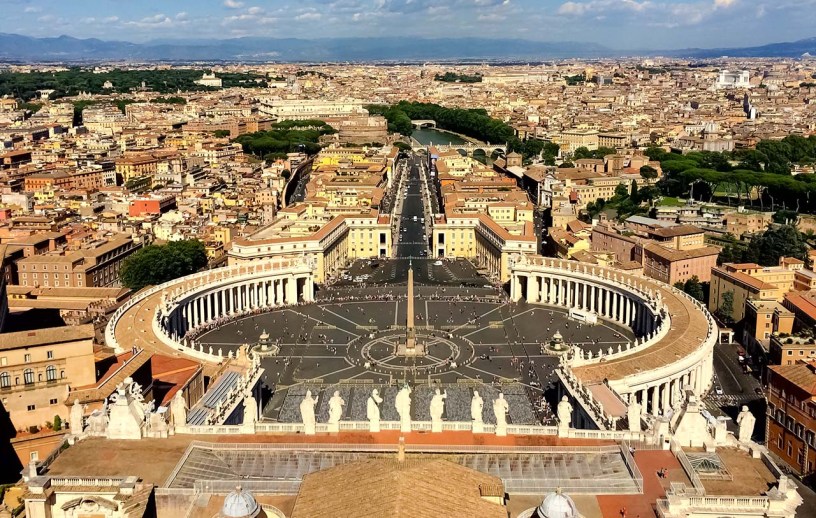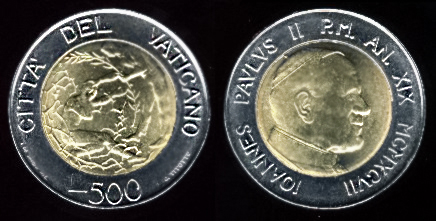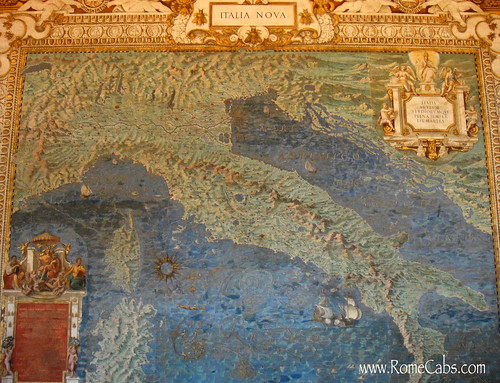Buongiorno and welcome to the RomeCabs Italy Travel Blog! Located in the heart of Rome, Vatican City is not just the smallest independent country in the world; it is a monumental symbol of faith, governance, and cultural heritage. Spanning a mere 44 hectares (approximately 110 acres), Vatican City is about one-eighth the size of Central Park in New York City. Yet, despite its diminutive size, it wields significant influence as the spiritual and administrative heart of the Roman Catholic Church.
Vatican City is home to a wealth of historical and architectural wonders, including St. Peter’s Basilica, the Vatican Museums, and the Sistine Chapel—each a testament to centuries of artistry and devotion. From its stunning Renaissance architecture to its deeply rooted traditions, the Vatican is a must-visit destination for travelers and pilgrims alike.
In this travel blog, we will share with you some information about the Vatican City: The World’s Smallest Yet Most Influential Country!
Vatican City: Discover The World’s Smallest Country
Why Visit Vatican City?
As a UNESCO World Heritage Site, Vatican City not only serves as the Pope’s residence but also attracts millions of visitors annually, drawn by its spiritual significance and breathtaking art. Whether you are interested in history, architecture, or spirituality, Vatican City promises to leave a lasting impression.
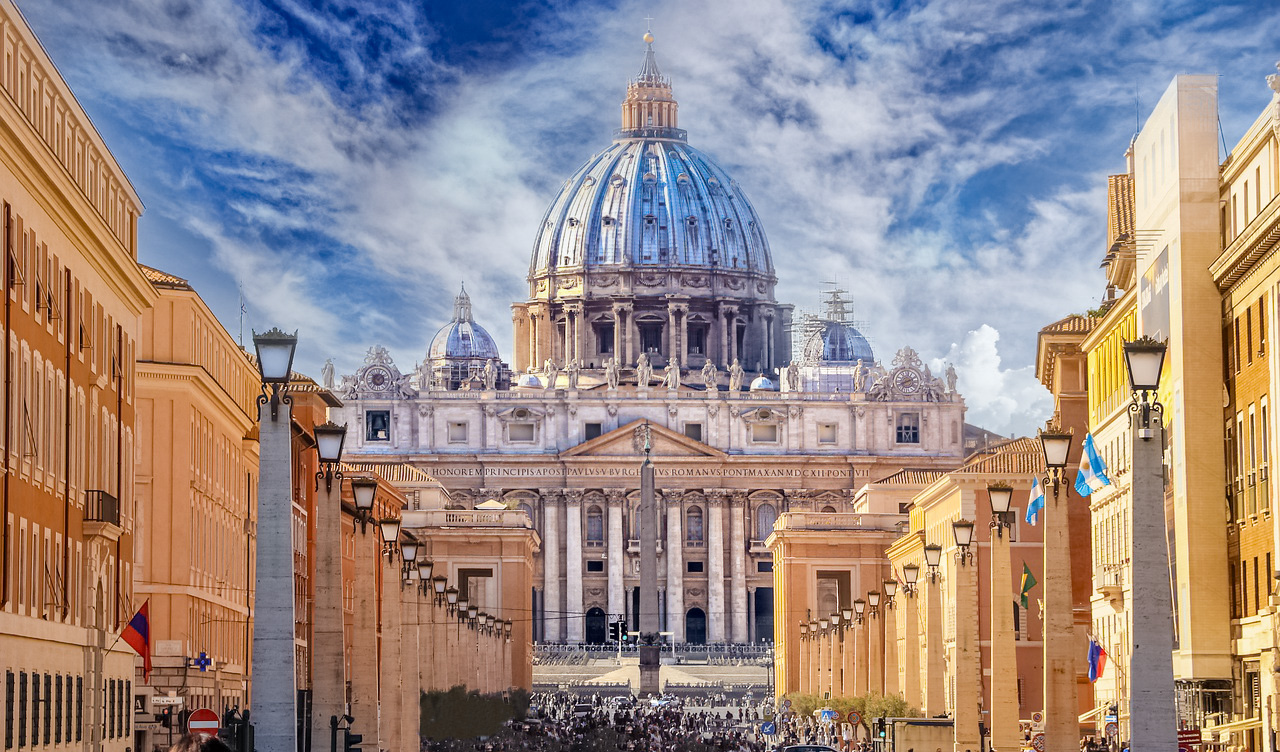
The Fascinating History of Vatican City
Vatican City’s journey to becoming an independent state is deeply intertwined with the history of the Catholic Church and Italy. The roots of this unique microstate can be traced back to the early centuries of Christianity when the Bishop of Rome, known as the Pope, began to acquire substantial spiritual and temporal authority. This influence grew particularly during the Middle Ages, when the Papal States emerged as a significant political entity in central Italy, governed by the popes from the 8th century until the 19th century.
However, the landscape shifted dramatically in the 19th century. The unification of Italy in the 1860s, spearheaded by figures such as Giuseppe Garibaldi and Count Camillo di Cavour, resulted in the annexation of the Papal States, effectively reducing the Pope’s temporal power.
This territorial loss was a profound blow to the Vatican, leading to a period of political and religious tension between the papacy and the Italian government. The popes considered themselves “prisoners” of the Vatican, refusing to recognize the legitimacy of the Italian state.
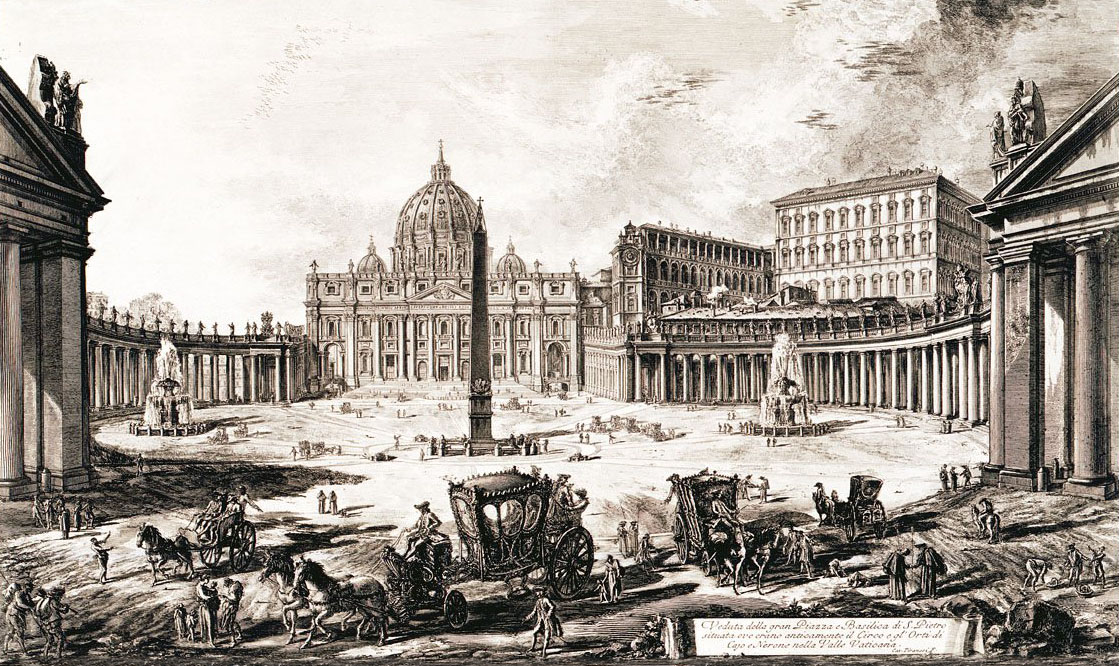
The pivotal moment came in 1929 with the signing of the Lateran Treaty between the Holy See and the Kingdom of Italy, under the leadership of Benito Mussolini. This landmark agreement established Vatican City as an independent sovereign state, covering an area of approximately 44 hectares (110 acres). In exchange for recognition of Vatican City’s sovereignty, the Holy See recognized the Kingdom of Italy and its territories, marking a crucial turning point in relations between the papacy and the Italian state.
The Lateran Treaty not only defined the geographical boundaries of Vatican City but also outlined its governance structure. It established the Pope as the head of state and provided for a unique legal status that separates it from other nations.
The Vatican was granted the power to govern itself, including its own laws and postal system, and this autonomy allowed it to function independently from Italy. Additionally, the treaty included provisions for financial compensation to the Church for the loss of the Papal States, which further solidified the Vatican’s position as a significant entity on the global stage.
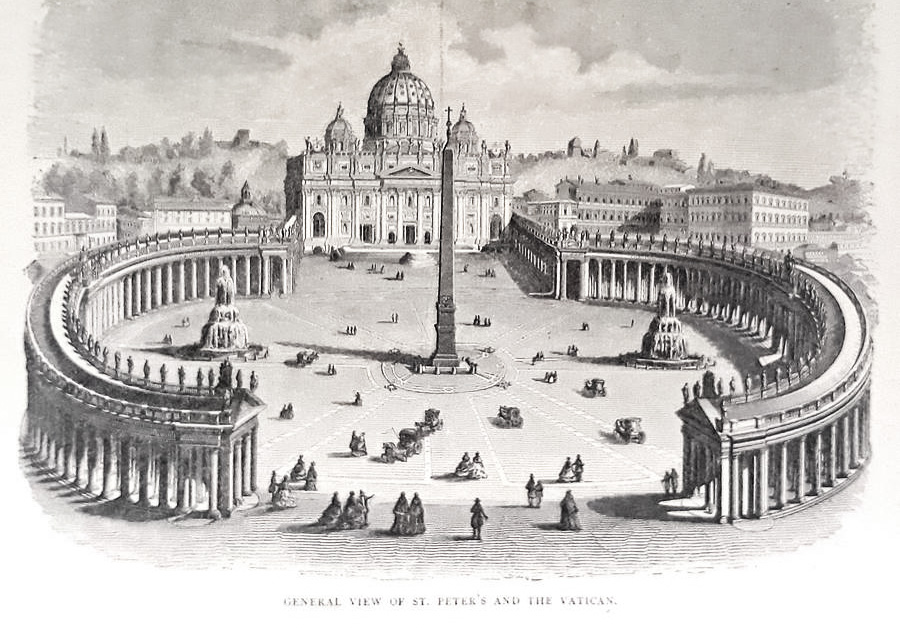
Over the decades, Vatican City has evolved into a microstate with its own governance and infrastructure, distinct from Italy. The Vatican has developed a comprehensive administrative framework, complete with its own courts, a postal service, and even a small police force, known as the Corps of Gendarmerie. This microstate has positioned itself as a center of global diplomacy, maintaining formal diplomatic relations with over 180 countries and serving as a permanent observer at the United Nations.
Vatican City’s Unique Government
Vatican City boasts a governance structure that is as distinctive as its status as the world’s smallest independent state. At the core of this system is the Pope, who serves not only as the spiritual leader of the Catholic Church but also as the head of state of Vatican City. This dual role allows the Pope to wield considerable authority over both ecclesiastical and temporal matters.
The Curia: The Vatican’s Administrative Heart
Supporting the Pope in governance is the Roman Curia, which acts as the administrative body of the Holy See. The Curia is composed of various congregations, councils, and commissions that oversee different aspects of the Church’s operations, ranging from liturgical practices to the handling of international relations. Key components of the Curia include:
- Congregation for the Doctrine of the Faith: This body is responsible for upholding and interpreting Catholic doctrine.
- Congregation for Bishops: This group oversees the appointment of bishops around the world.
- Secretariat of State: This department manages the Vatican’s diplomatic relationships and international affairs.
Each of these bodies plays a crucial role in ensuring that the governance of Vatican City is in line with the broader mission and values of the Catholic Church.
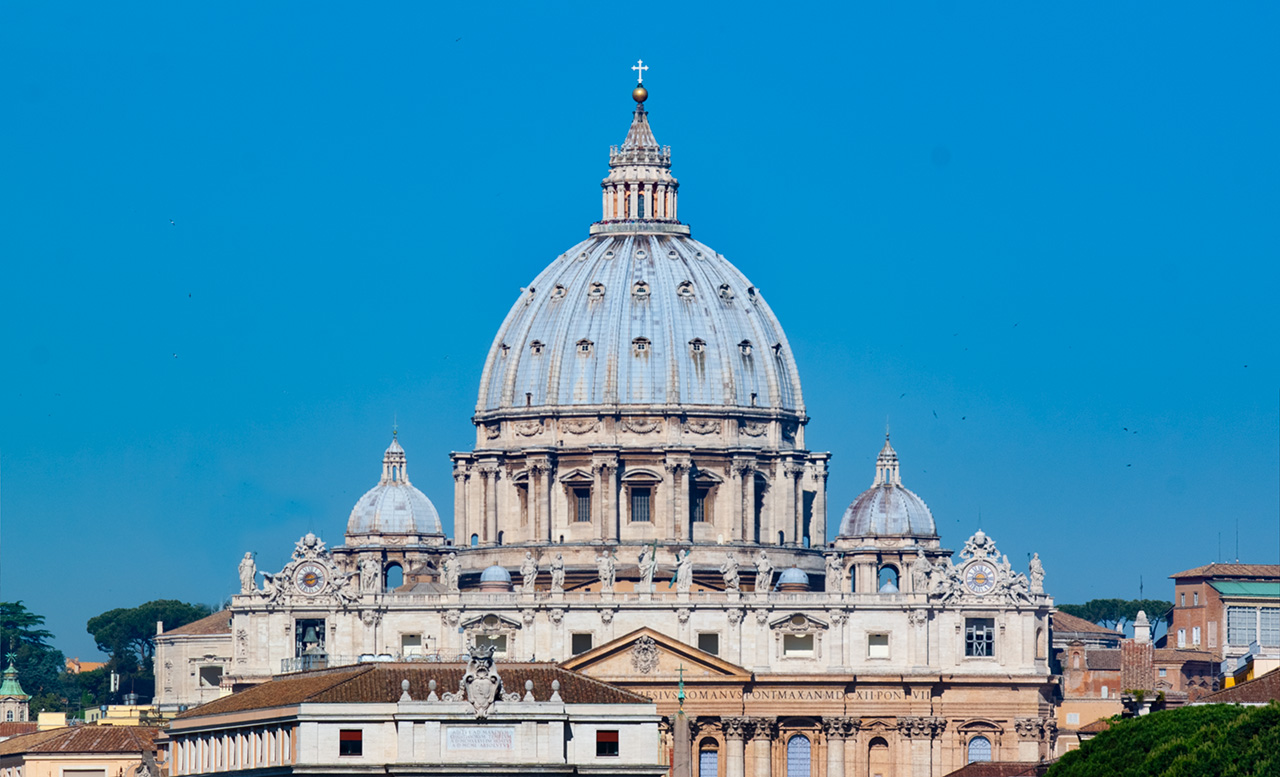
Vatican City’s Legislative Framework
While Vatican City has a unique governance structure, it also has its own legal system. The laws of Vatican City are based on the Code of Canon Law, which governs the Catholic Church globally. Additionally, Vatican City issues its own laws, known as laws of the state, which cover various aspects of governance, including public order, taxation, and the administration of justice.
The Pope has the authority to enact laws, appoint officials, and oversee the legal system. Vatican City’s legal framework is relatively simple, given its size and population. Nevertheless, it ensures that the governance is effective and adheres to the principles of the Catholic faith.
Vatican Postal System and Unique Identity
Among the various institutions within Vatican City, the postal system stands out for its efficiency and uniqueness. Established to serve the communication needs of the Holy See, the Vatican Post operates independently of Italy’s postal system. It provides services not only to residents but also to visitors, who are often eager to send postcards stamped with the Vatican’s distinct postage. The Vatican Post Office is renowned for its reliability, and many tourists regard mailing items from here as a treasured keepsake.
The Vatican also produces a series of collectible stamps that celebrate various themes, including art, historical events, and the Church’s mission. These stamps are often sought after by philatelists and have become popular souvenirs, further enhancing the Vatican’s identity as a unique microstate.
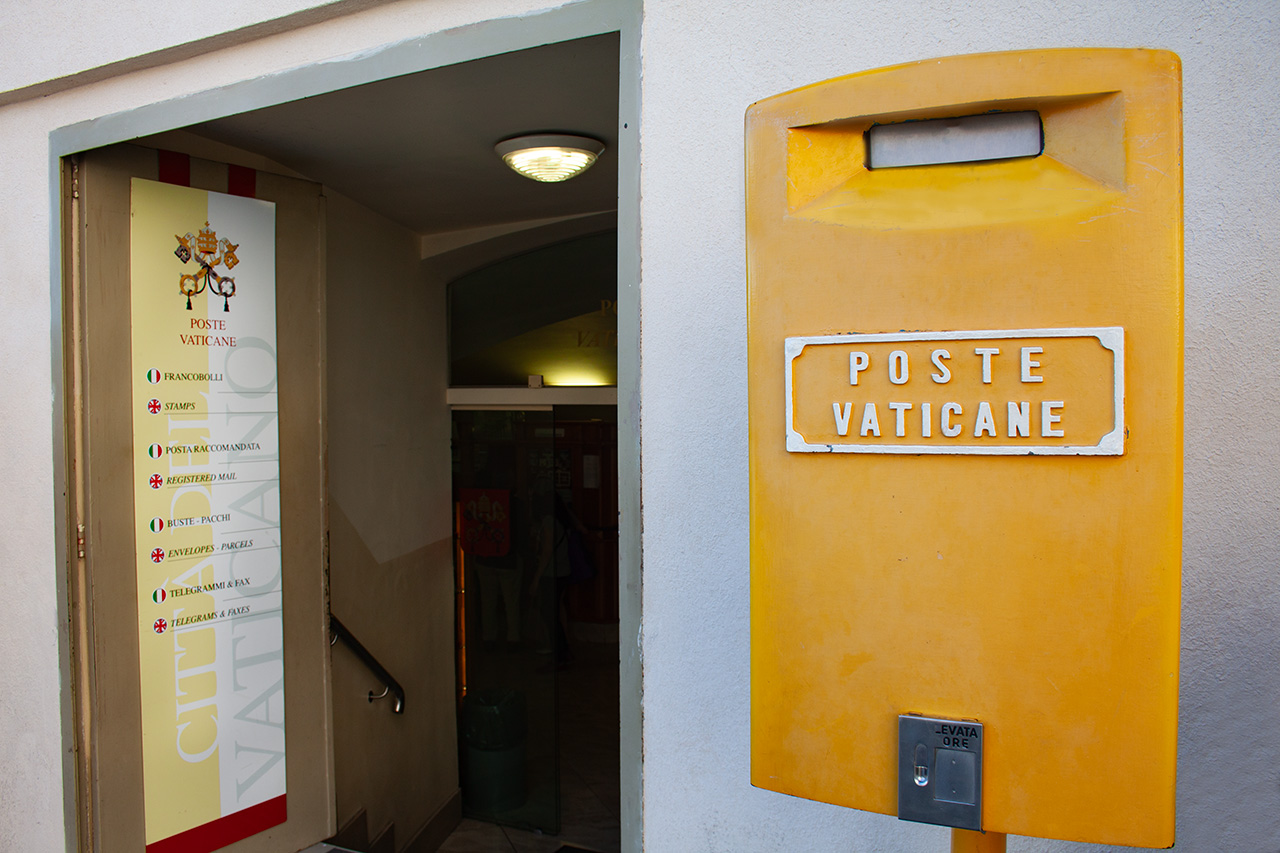
Vatican Currency and Financial Autonomy
Vatican City enjoys a degree of financial independence as well. The Vatican’s economy is supported primarily through the contributions of the Catholic faithful, known as Peter’s Pence, which are used to fund the Holy See’s activities, charitable works, and the maintenance of its properties. Additionally, the Vatican operates various investments and financial assets that help sustain its financial stability.
This financial autonomy allows Vatican City to maintain its infrastructure and fulfill its spiritual and administrative responsibilities. The Vatican has also engaged in efforts to enhance its transparency and accountability in financial matters, establishing guidelines to prevent financial misconduct and promote ethical practices.
While Vatican City once minted its own currency, the Vatican lira, it now uses the Euro as its official currency, despite not being part of the European Union. Interestingly, the Vatican continues to mint its own unique coins, which are highly coveted by collectors and visitors. These coins often feature iconic imagery, reflecting the Vatican’s rich heritage and artistic traditions.
Vatican City’s Role in Diplomacy
Vatican City’s governance structure also emphasizes its role in international diplomacy. The Holy See maintains diplomatic relations with over 180 countries and is actively involved in global humanitarian efforts, promoting peace and human rights. The Vatican’s ability to act as a mediator in conflicts and its advocacy for social justice reflect its commitment to its global mission.
Through these various components of governance, Vatican City exemplifies a unique blend of spiritual authority and administrative efficiency. Its structure not only reflects its religious heritage but also its ongoing commitment to addressing contemporary issues, making it a vital player on the world stage.
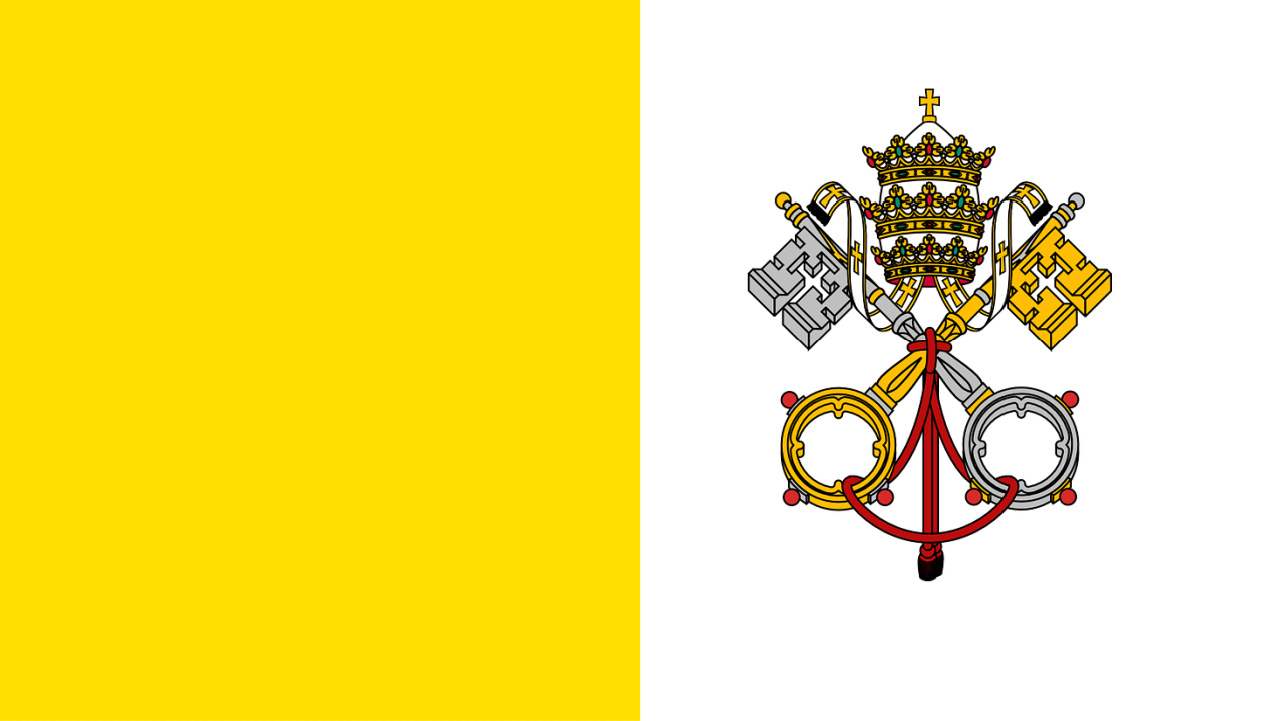
The Swiss Guard: A Tradition of Protection
One of the most iconic and colorful symbols of Vatican City is the Swiss Guard, a small yet significant military force entrusted with the protection of the Pope and the security of Vatican City. Established in 1506 by Pope Julius II, this unique corps has become a fascinating blend of history, tradition, and religious devotion.
The Swiss Guard was formed during a tumultuous time in European history when the Swiss were renowned for their military prowess. Pope Julius II sought to bolster the security of the papacy, particularly after a period of instability that included the sack of Rome in 1527 by the troops of the Holy Roman Emperor Charles V. The Swiss soldiers were chosen for their exceptional training, discipline, and loyalty, which made them ideal protectors of the papal authority.
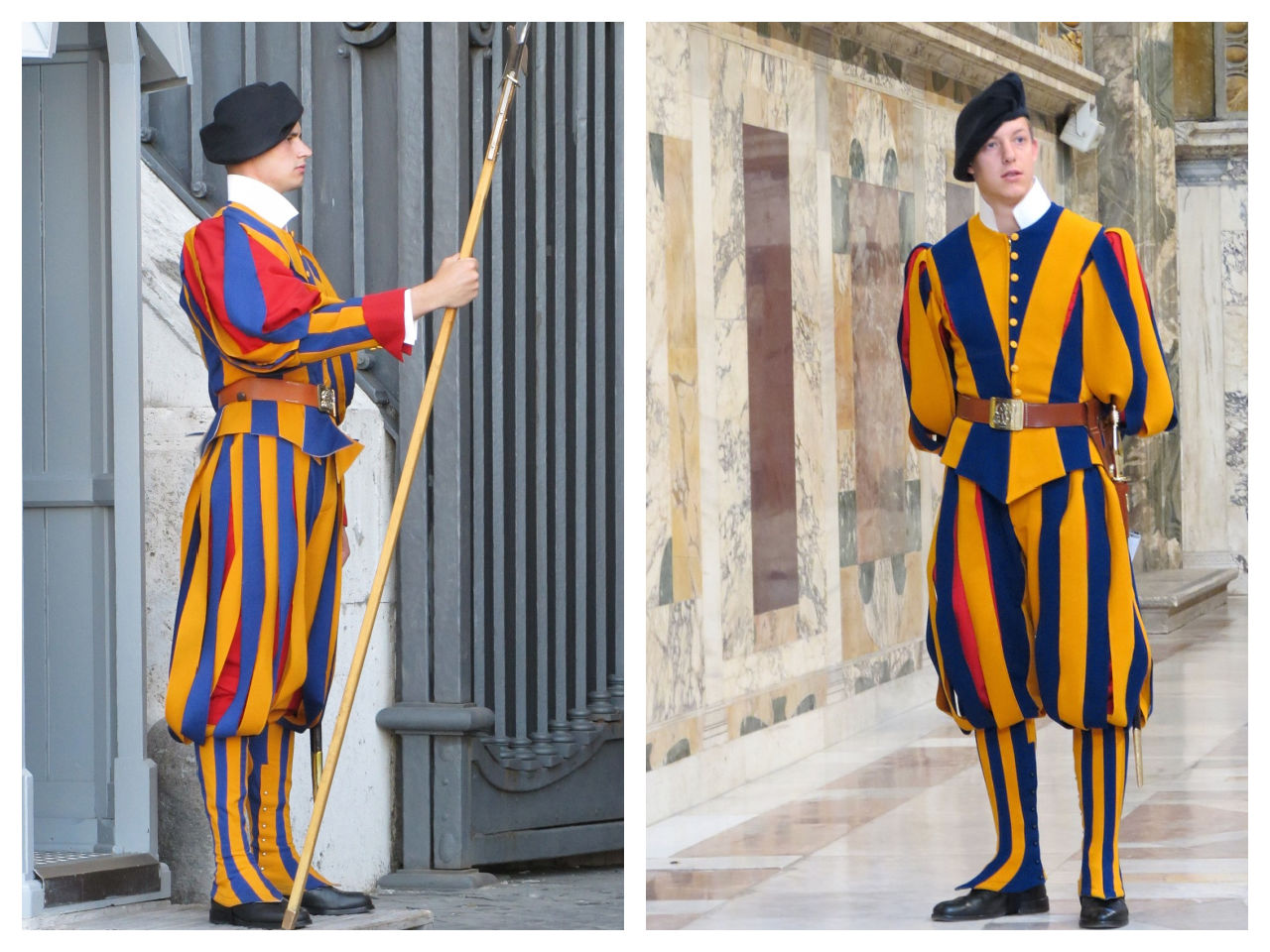
In the aftermath of the 1527 sack, where many of the Swiss Guard perished while defending the Pope, their role became even more vital. The bravery exhibited during this crisis solidified their reputation as the Pope’s elite protectors, and their annual memorial service, known as the “Fallen Swiss Guard Ceremony“, commemorates this sacrifice every year on May 6.
The Swiss Guard is perhaps best known for its eye-catching Renaissance-era uniforms, which some believe were designed by Michelangelo (but more than likely, not). The vibrant colors—yellow, blue, and red—combined with intricate patterns, give the Swiss Guard a striking appearance that stands out against the backdrop of Vatican City. Although their uniforms are ceremonial, the Swiss Guards also wear practical military attire when fulfilling their protective duties.
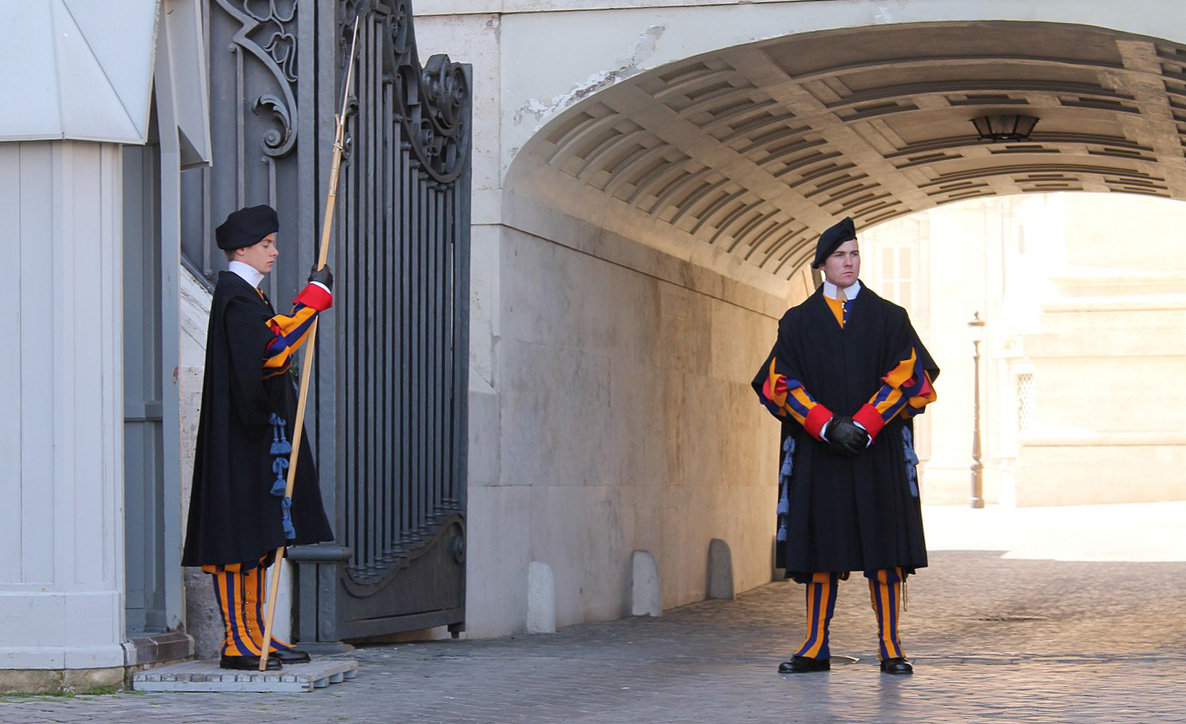
The Vatican’s Media Presence
Vatican City also plays a significant role in the media landscape. It operates several outlets, including Vatican Radio and L’Osservatore Romano, the official newspaper of the Vatican. These channels serve to disseminate news regarding Vatican activities, papal messages, and events. In the modern digital age, the Vatican has embraced technology, maintaining an extensive online presence through its official website and various social media accounts, thus reaching a global audience and engaging with the faithful in innovative ways.
Vatican City is a Spiritual Hug
Vatican City stands as a beacon of spiritual significance, drawing millions of pilgrims and tourists each year, largely due to its iconic landmarks and rich religious heritage. At the heart of this spiritual hub is St. Peter’s Basilica, a monumental structure revered not only for its size but also for its artistic and architectural brilliance. Recognized as the largest church in the world, St. Peter’s Basilica serves as a paramount pilgrimage site for Catholics, symbolizing the faith’s historical and spiritual center.

St. Peter’s Basilica: An Architectural Marvel
Constructed over the burial site of St. Peter, one of Jesus Christ’s apostles and the first pope, the basilica’s history dates back to the early 4th century when Emperor Constantine built the original church. The current structure was completed in 1626 after more than a century of construction and design. The architectural marvel showcases the genius of several Renaissance masters, including Michelangelo, Bernini, and Raphael.
Visitors to St. Peter’s Basilica are often awestruck by its grandeur, which is characterized by its expansive dome, designed by Michelangelo, that dominates the skyline of Vatican City. The dome’s interior features stunning frescoes that depict biblical scenes, adding to the church’s spiritual atmosphere. Highlights of the basilica include:
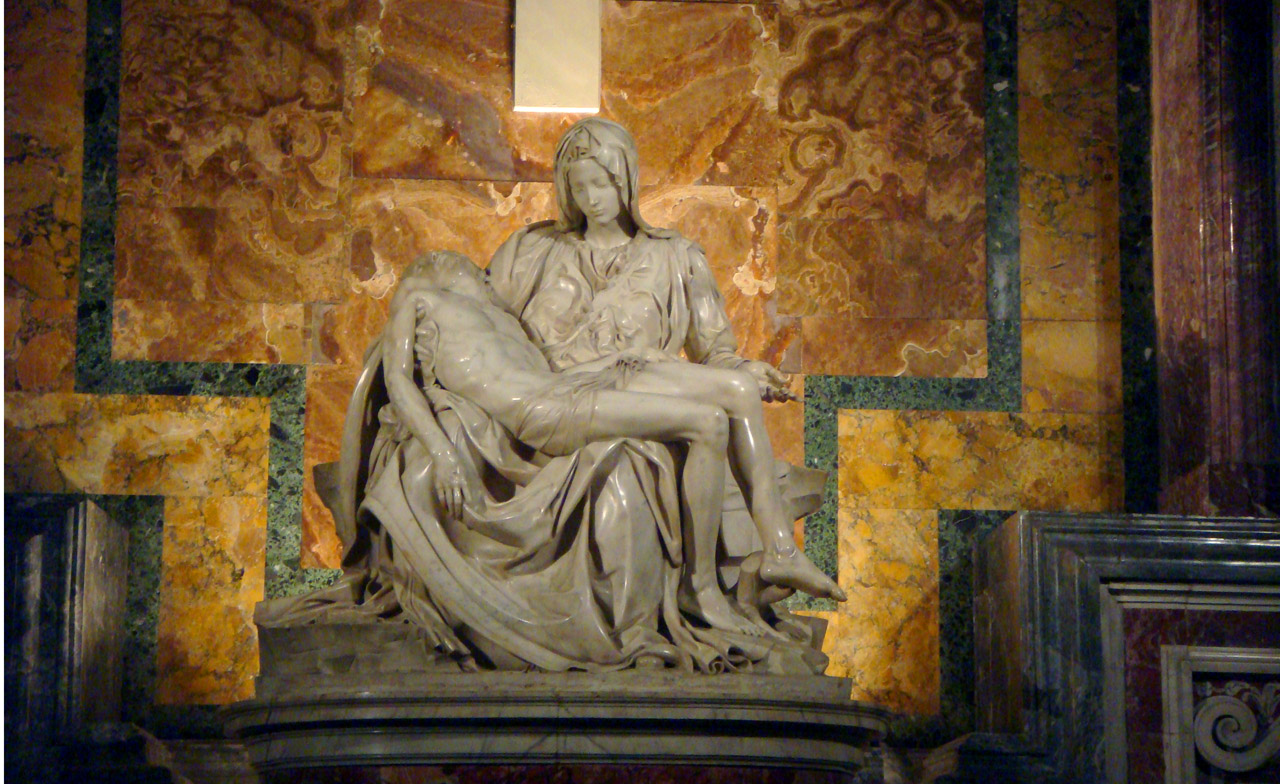
- Michelangelo’s Pietà: This exquisite sculpture depicts the Virgin Mary cradling the lifeless body of Jesus after his crucifixion. Carved from a single block of marble, the Pietà is celebrated for its emotional depth and masterful representation of human suffering and compassion.
- Bernini’s Baldachin: An imposing canopy that stands over the papal altar, the Baldachin is intricately designed and is composed of bronze from the Pantheon. This masterpiece exemplifies Baroque artistry, creating a dramatic focal point within the vast space of the basilica.
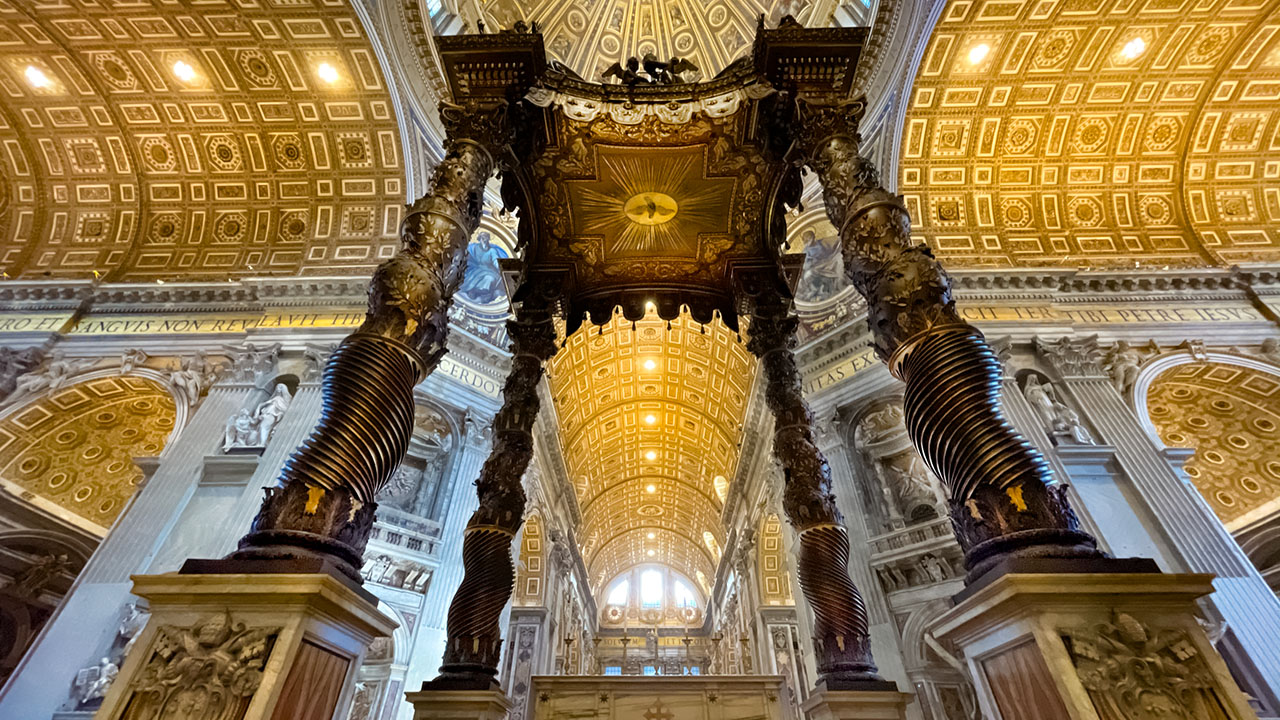
The Sistine Chapel: A Treasure of Artistic Mastery
Just a stone’s throw from St. Peter’s Basilica lies the Sistine Chapel, another cornerstone of Vatican City’s spiritual significance. Renowned for its breathtaking ceiling frescoes, painted by Michelangelo between 1508 and 1512, the chapel is a testament to the artist’s unparalleled talent.
The ceiling of the Sistine Chapel features nine central panels depicting scenes from the Book of Genesis, with the most famous being The Creation of Adam. This iconic work depicts God reaching out to Adam, symbolizing the divine connection between God and humanity. The drama, emotion, and artistry encapsulated in Michelangelo’s frescoes have made them some of the most celebrated artworks in human history.
Moreover, the Sistine Chapel is not only an artistic treasure but also serves a vital function in the governance of the Catholic Church. It is the venue for the Papal Conclave, where cardinals gather to elect a new pope. This ritual, steeped in centuries of tradition, highlights the chapel’s immense historical and spiritual significance. The event is conducted in secrecy, and the famous smoke signals from the chimney—black smoke for an unsuccessful vote and white smoke to announce a new pope—serve as signals to the outside world.

Pilgrimage and Spiritual Experience
The spiritual significance of Vatican City extends beyond its architectural wonders. It is a place of pilgrimage, where Catholics from around the globe gather to deepen their faith and experience the Catholic Church’s rich history. Major events, such as Easter and Christmas, draw huge crowds to St. Peter’s Square, where the Pope delivers blessings and addresses.
The opportunity for confession and participation in Mass within these sacred spaces further enhances the spiritual experience for many visitors. The ambiance created by the basilica’s architecture and the chapel’s art evokes a sense of reverence and contemplation, making it an ideal setting for personal reflection and prayer.
Throughout the year, Vatican City hosts numerous events and celebrations that further enrich the pilgrimage experience. Notable events include the Feast of the Epiphany, the Papal Procession, and various liturgical celebrations that coincide with the Church calendar. These events are marked by elaborate ceremonies, music, and communal prayers, drawing both locals and tourists into the heart of Catholic traditions.
Additionally, during the Christmas season, St. Peter’s Square transforms into a festive wonderland, adorned with lights and a grand Christmas tree. The traditional Nativity scene, displayed each year, depicts the birth of Jesus and is a focal point for visitors and pilgrims, fostering a sense of community and celebration.
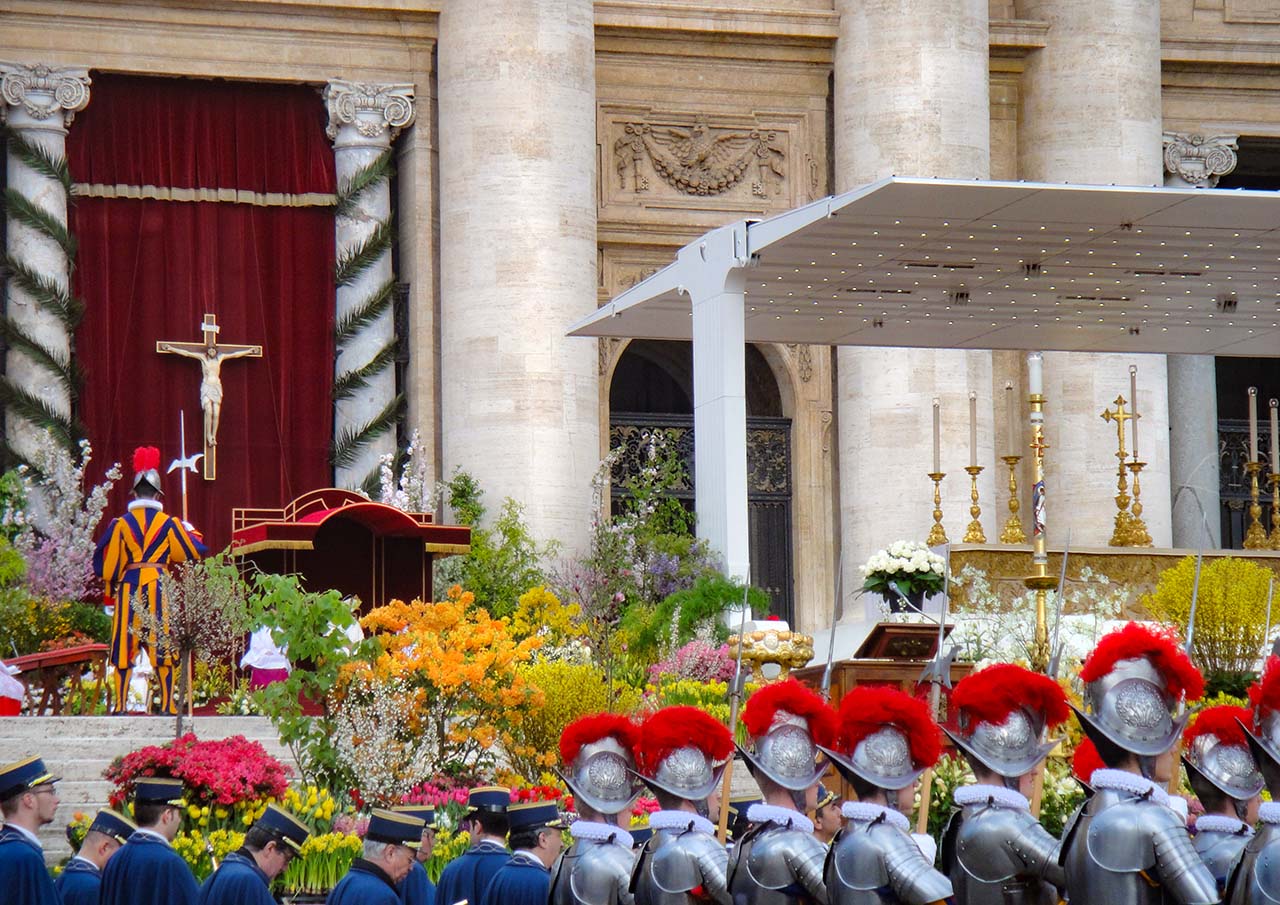
Jubilee Year Pilgrimages to the Vatican
For pilgrims, visiting Vatican City is more than just a sightseeing excursion; it is a profound spiritual journey. Many Catholics undertake pilgrimages to seek spiritual renewal, penance, and a deeper connection to their faith. The Jubilee Year, declared by the Pope every 25 years, draws particularly large crowds as Catholics are encouraged to make a pilgrimage to Rome, receive indulgences, and participate in special events and services.
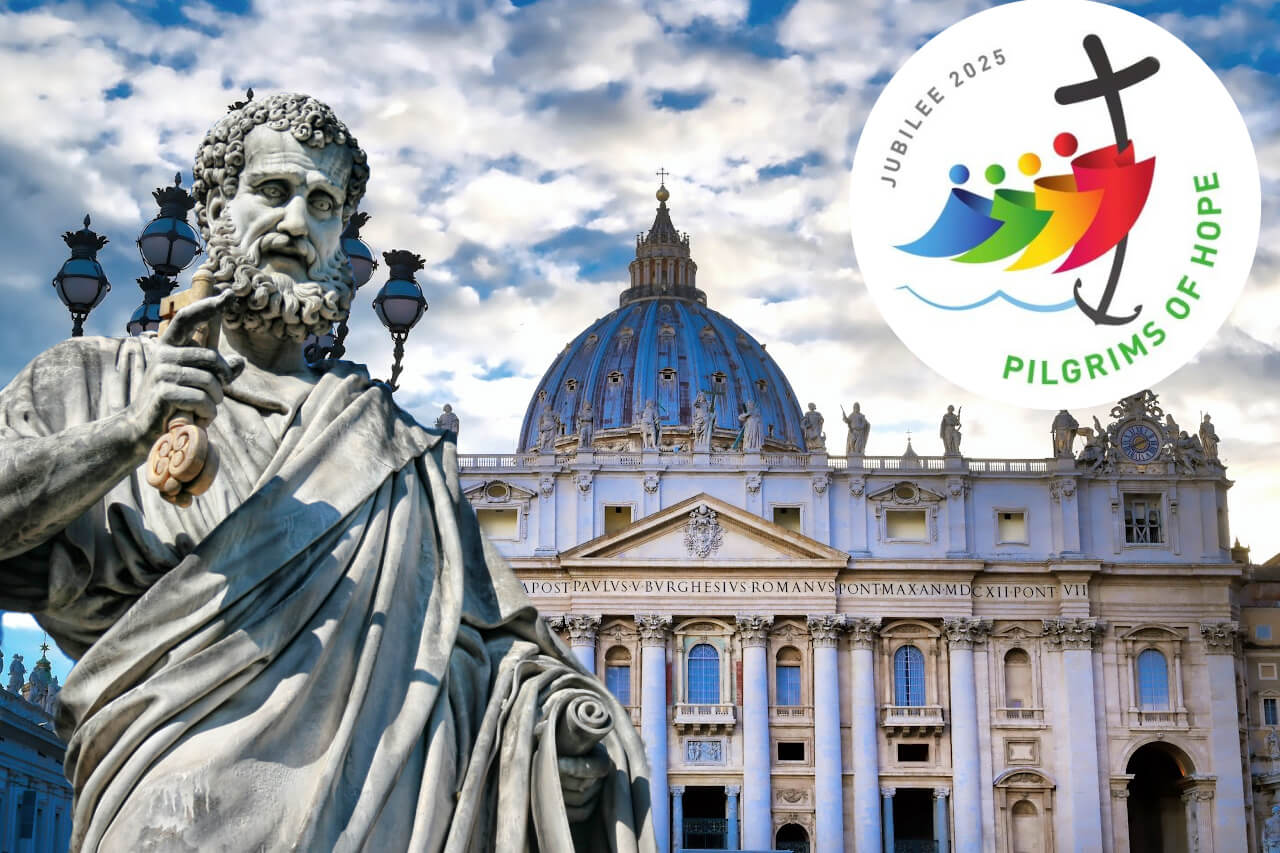
A Cultural Treasure: The Vatican Museums
Visitors to Vatican City should not miss the Vatican Museums, which house one of the world’s most extensive art collections. These museums feature treasures ranging from ancient Roman sculptures to Renaissance masterpieces. Highlights include the Raphael Rooms, which showcase the brilliance of the famed artist, and the Gallery of Maps, where visitors can explore historical cartography through beautifully painted frescoes.
In addition to St. Peter’s Basilica and the Sistine Chapel, the Vatican Museums house one of the most impressive art collections in the world, further solidifying Vatican City’s status as a hub of spiritual and cultural significance. Established in the early 16th century, the museums feature an extensive array of art and historical artifacts, including works by masters like Raphael, Caravaggio, and Titian.
The museums lead visitors through a journey of faith and history, showcasing art that reflects the Church’s teachings and the lives of saints, biblical figures, and significant events in Christian history. The Raphael Rooms, adorned with breathtaking frescoes, serve as a highlight for many art enthusiasts, capturing the beauty and complexity of the Renaissance.
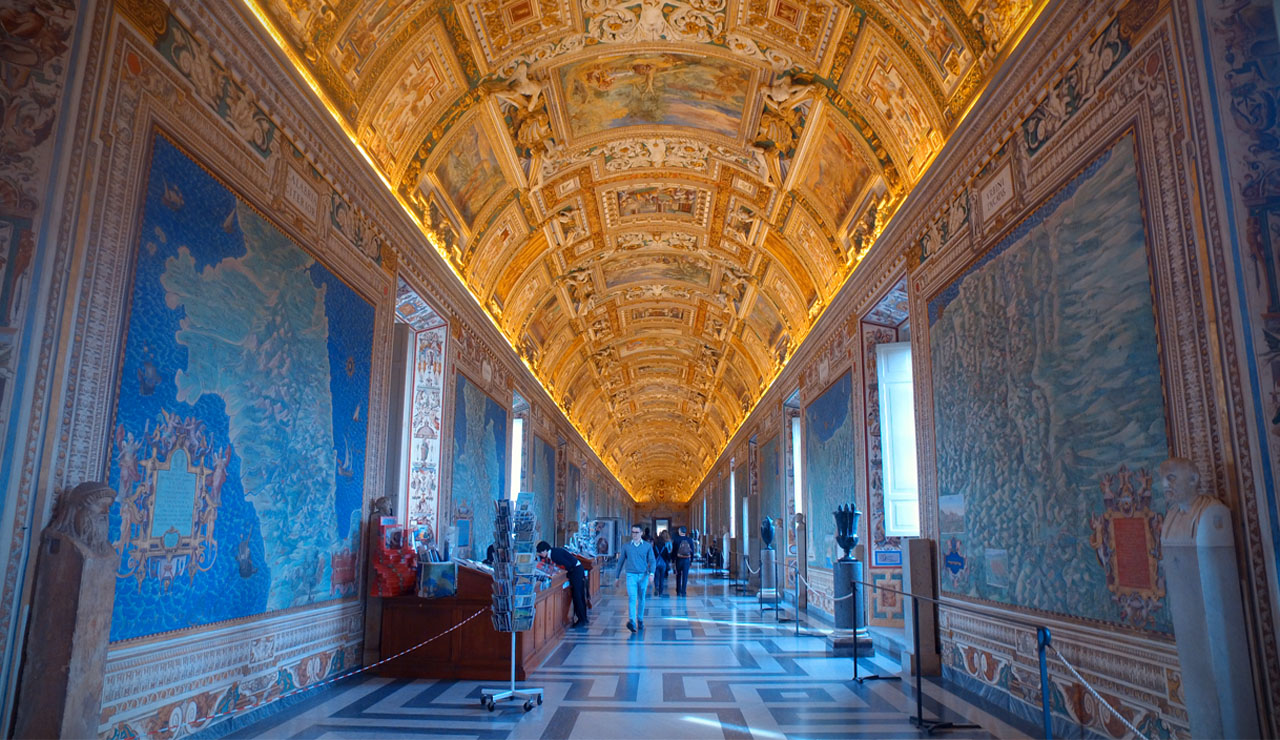
Vatican City: Small Nation with Global Impact
Despite its small footprint, Vatican City plays a substantial role on the international stage. Its influence in global religious affairs, humanitarian efforts, and political dialogues far surpasses its physical dimensions.
With a fluctuating population of around 800 people, Vatican City is not only the smallest country in terms of land area but also in terms of its residents. The majority of its inhabitants are clergy or individuals involved in the governance of the Catholic Church, including the Pope himself.
In conclusion, while Vatican City may be the smallest sovereign state on Earth, its cultural, spiritual, and historical significance is immeasurable. For visitors, it offers a transformative experience, evoking a profound sense of awe, reverence, and wonder in the heart of Rome. Whether you come to admire its artistic treasures or engage with its rich spiritual heritage, Vatican City promises an unforgettable journey that transcends the limitations of its size.
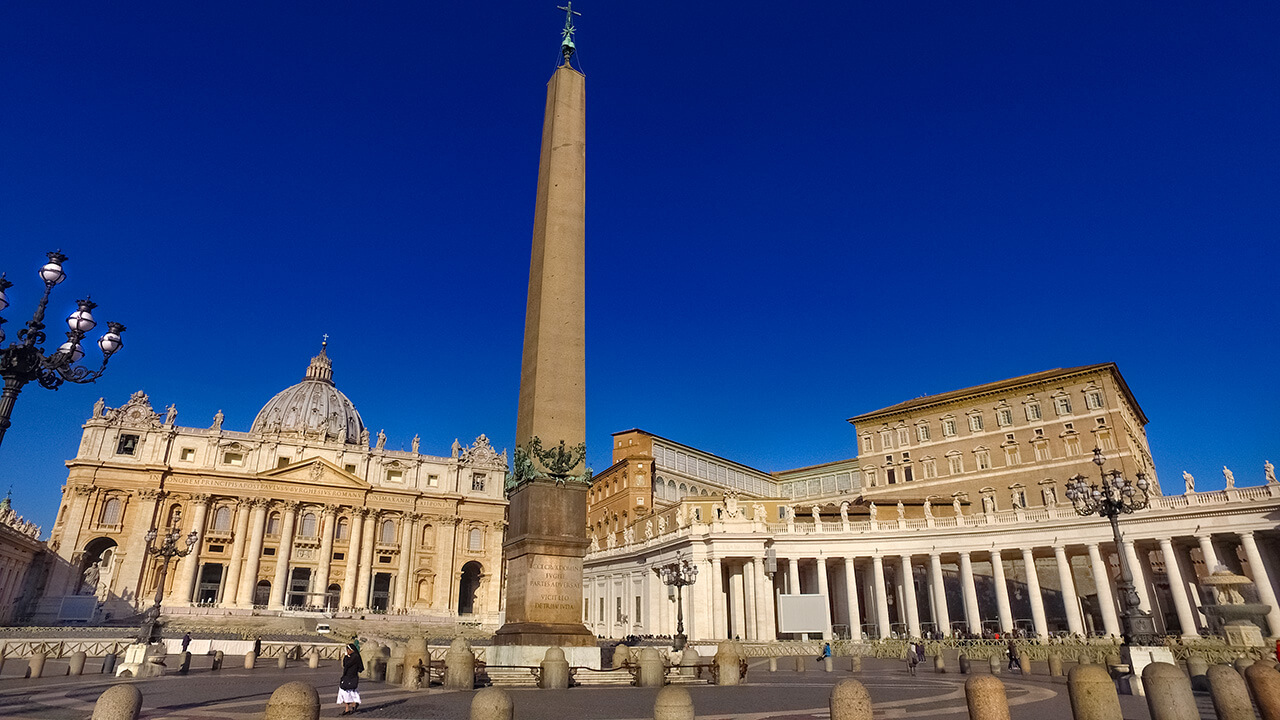
Find RomeCabs online also on:
- RomeCabs FACEBOOK
- RomeCabs INSTAGRAM
- RomeCabs FLICKR Photo Gallery
- RomeCabs Recommended on Cruise Critic
- Discover More Rome Travel Blogs: https://romecabsdotnet.wordpress.com/
Discover MORE of Rome with RomeCabs Rome Travel Blogs!
.
.
.
.
.
